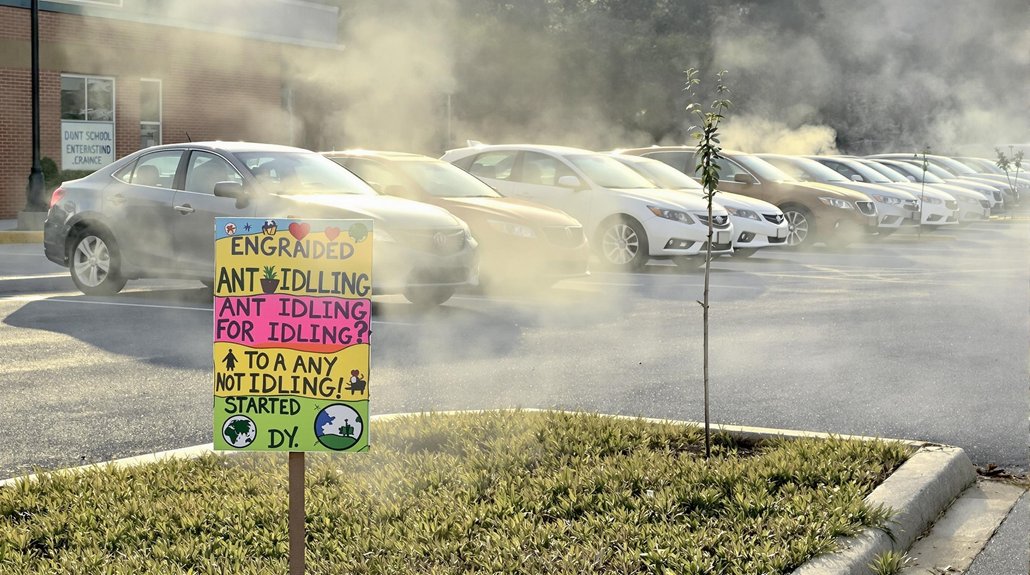The Environmental Protection Agency has handed American steel giants a pollution pass that lasts until 2027. U.S. Steel and Cleveland-Cliffs now have two more years to keep belching hazardous air pollutants at their current rates. The original deadlines? 2025 and 2026. Gone. Poof. Just like that.
This isn’t just a little extension. The EPA’s generosity means an extra 120 tons of toxic emissions will float through neighborhoods near steel facilities. That’s lead, manganese, cadmium, and a toxic soup of other chemicals linked to cancer and organ damage. But hey, the steel companies will save $3.5 million. Bargain!
The EPA claims steel companies had “serious concerns” about meeting the original timeline. Translation: Billion-dollar corporations complained it was too hard to stop poisoning people on schedule. The regulator folded like cheap lawn furniture.
These aren’t just any facilities getting a pass. We’re talking about sinter plants, blast furnaces, and basic oxygen process furnace shops – the industrial lungs of steel production that exhale toxins day and night. The EPA published this interim final rule online on July 2, 2025, following a 90-day freeze on implementation. The original rule aimed to slash air toxics by about 580 tons annually. Now communities will wait longer for cleaner air.
Advocacy groups focusing on environmental health are understandably furious. Meanwhile, industry representatives haven’t said much publicly. Why would they? They just hit the pollution lottery.
The toxins we’re talking about aren’t harmless. Exposure to these hazardous air pollutants can wreak havoc on the human body – damaging the respiratory system, central nervous system, blood, heart, and kidneys. Some are known carcinogens. They don’t discriminate between adults and children.
The EPA says it will use this time to “reconsider certain rule aspects” and gather public input on technical issues. While bureaucrats deliberate, families living near these facilities continue breathing industrial waste. The extension might save the industry pocket change, but the real cost is being paid in human health.
References
- https://advocacy.sba.gov/2025/04/01/epa-announces-pause-to-iron-and-steel-manufacturing-facility-air-regulations/
- https://www.eenews.net/articles/epa-hands-steelmakers-another-air-pollution-compliance-break/
- https://www.epa.gov/stationary-sources-air-pollution/iron-and-steel-foundries-national-emissions-standards-hazardous
- https://www.epa.gov/stationary-sources-air-pollution/integrated-iron-and-steel-manufacturing-national-emission
- https://www.epa.gov/system/files/documents/2025-06/asbo-june-2025-smallbiz-bulletin.pdf








